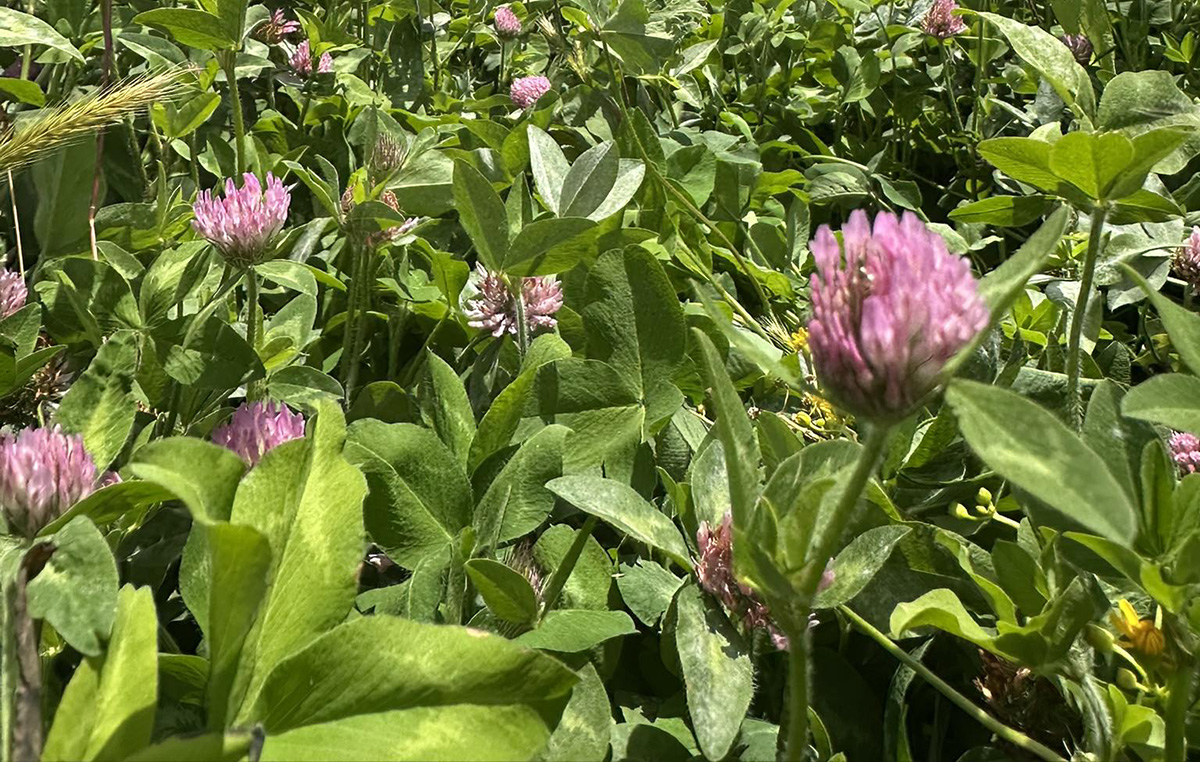A Closer Look at Red Clover
A Closer Look at Red Clover
Published on June 12, 2025

The importance of clover, another nitrogen-fixing legume, was well known to UKREC’s early agronomists and grazers. The earliest trials at Princeton included clover varieties, but red clover did not always perform as well as others. Fergus worked with many agronomists to improve red clover adaptability to Kentucky conditions.
Norman Taylor, a UK agronomist from 1953 to 2001, reported that Kenland was the first red clover variety developed and released by the university in 1947.
“The Kenland variety proved to be very well adapted and became the most widely used red clover variety in the United States,” he wrote in 2008.
UKREC’s current Extension forage specialist, Chris Teutsch, who arrived in Princeton in 2017, said Kenland is still seeded yearly, due to its hardiness. Its ability to reduce symptoms of fescue toxicosis makes it a perfect pasture companion to Kentucky 31.
“Red clover has been known to dilute the effects of the tall fescue endophyte, but it is now known to reverse it,” he said, referring to the high levels of vascular-widening isoflavones in the legume.
Teutsch said the center’s research on red clover continues today, as researchers look to upscale production and study the impact of drying temperatures and seeding dates on isoflavone levels. They are also investigating pelletizing red clover for integration into grazing systems.
“Although we tend to focus on major discoveries when talking about research, it is important to realize that those ‘big’ discoveries are a cumulative result of smaller projects that have added to the knowledge base over many years,” Teutsch said.
